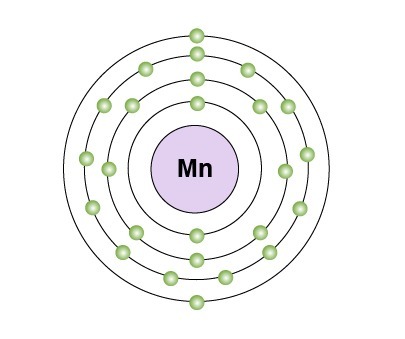Introduction:
Manganese, known by its elemental name and symbol Mn, is a versatile element with a range of industrial applications. Widely used in alloys and automotive products, manganese plays a crucial role in various processes. However, as with many elements, understanding its properties, exposure risks, and regulatory standards is vital for ensuring both industrial efficiency and human safety. In this blog post, we explore the various facets of manganese, from its chemical composition to its health risks and regulatory standards.
Chemical Composition and Industrial Uses:
With the chemical formula Mn and CAS number 7439-96-5, manganese finds extensive use in the production of alloys and automotive products. Its presence in these materials contributes to their strength, durability, and corrosion resistance. As an essential component in steel manufacturing, manganese enhances the overall performance and resilience of the final product.
Manganese in the Environment:
In natural water sources, both surface and ground waters, manganese concentrations rarely exceed 1 mg/L. However, when present in elevated levels, manganese imparts a black to brown color to water, causing staining on laundry and porcelain surfaces. Additionally, it introduces a bitter, metallic taste, rendering the water unpleasant for consumption.
Health Risks and Manganese Exposure:
While manganese is essential for normal physiological function at low levels, prolonged exposure or exposure to high concentrations can lead to toxicity. The central nervous system is particularly vulnerable, with symptoms ranging from severe psychiatric changes, irritability, anxiety, hallucinations, and violent outbursts. Other health effects include insomnia, confusion, dry throat, chest tightness, flu-like fever, vomiting, and kidney damage.
Chronic exposure to manganese can result in neurological disorders, headaches, muscle weakness, speech disturbances, and impairment to reaction time, hand-eye coordination, and hand steadiness. Direct contact with manganese can cause serious eye damage and skin irritation. Manganese exposure can occur through inhalation, ingestion, and contact with contaminated substances.
Regulations and Standards:
To safeguard against the potential health risks associated with manganese exposure, regulatory standards have been established. The Environmental Protection Agency (EPA) sets a secondary standard with a maximum contaminant level of 0.05 mg/L for manganese in water. Adherence to these standards is crucial to ensure the safety of water sources and prevent adverse health effects.
Measuring Manganese:
All of those units can be found here: https://www.gas-sensing.com/information/manganese
Accurate measurement of dissolved manganese concentration in water is essential for monitoring and regulatory compliance. Measurement units typically include parts per million (ppm). CHEMetrics offers specialized kits for determining manganese levels in water, with ranges from 0-2 ppm to 0-60 ppm. These kits provide a reliable and efficient means of monitoring manganese levels, ensuring the safety of water sources.
Conclusion:
Manganese, a vital element in various industrial applications, demands careful consideration to balance its benefits and potential risks. Understanding its chemical properties, health effects, and adherence to regulatory standards is essential for responsible industrial practices and the protection of human health. Through accurate measurement and compliance with established regulations, we can ensure the sustainable use of manganese in our industrial processes.

